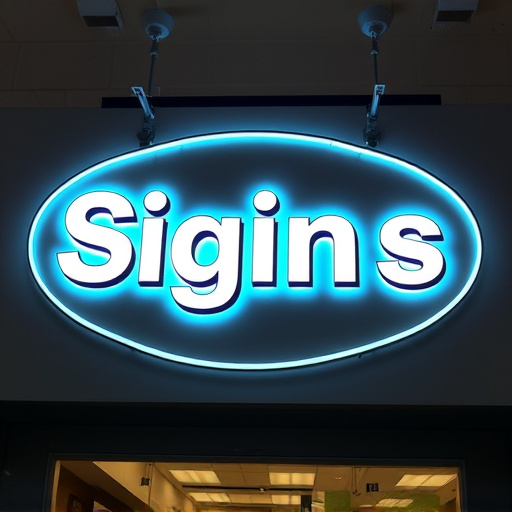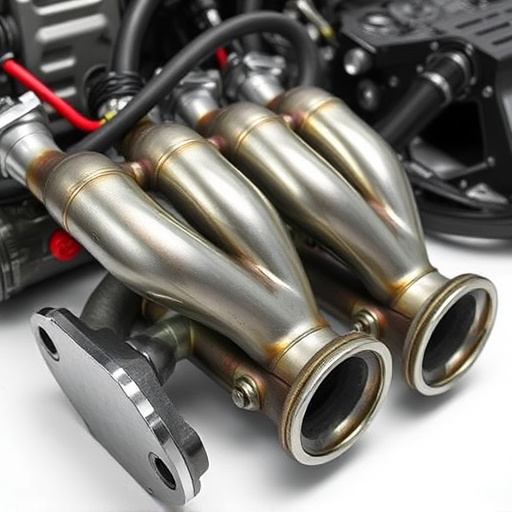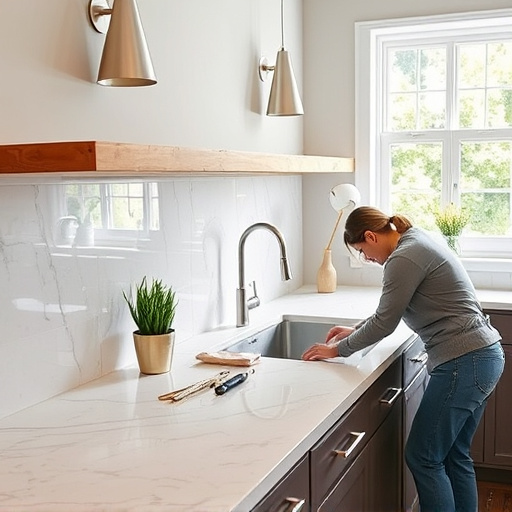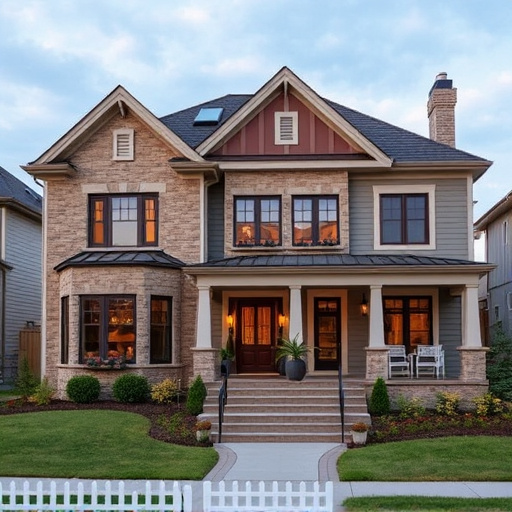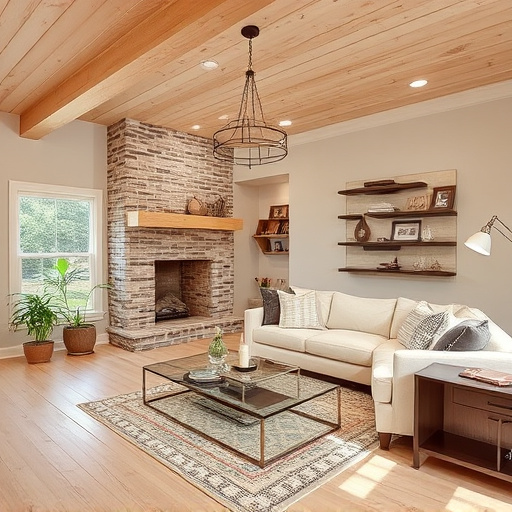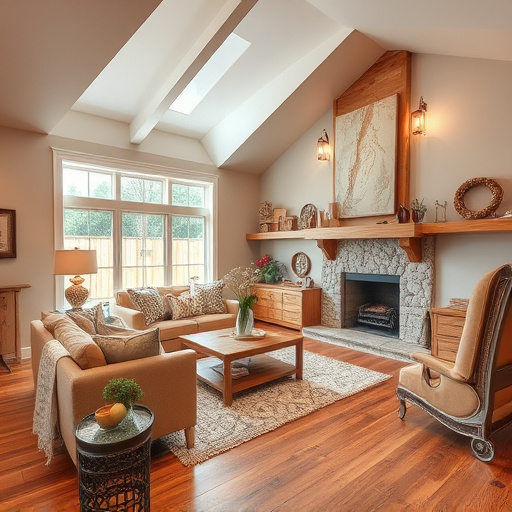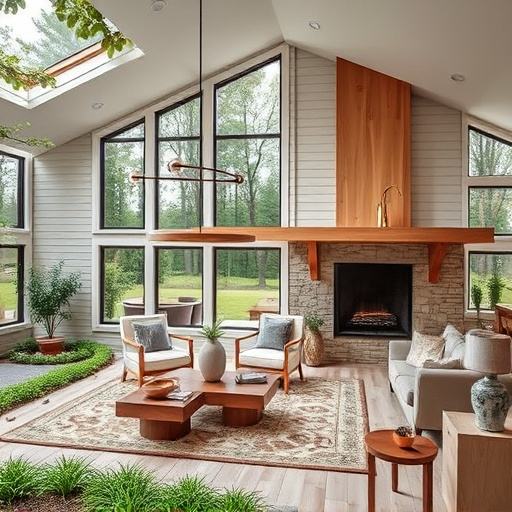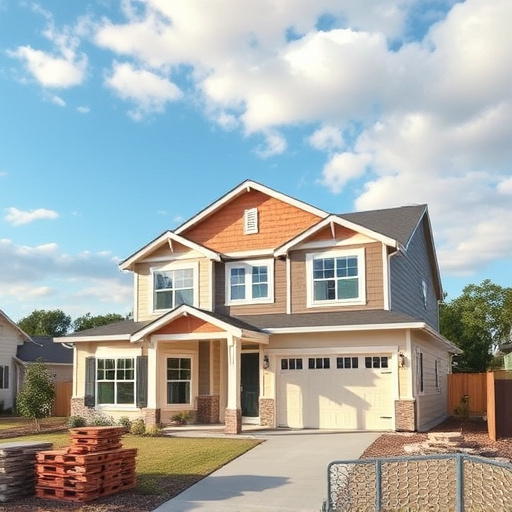A successful office remodel prioritizes employee needs, understanding work patterns and preferences. It offers a mix of open-plan spaces and private cubicles, flexible furniture, and multi-purpose rooms for dynamic collaboration. Ergonomic design and sustainable practices ensure comfort and productivity while aligning with environmental values. Maximizing space through open concepts, mobile furniture, clever storage, and snack stations creates a functional, engaging, and future-forward office remodel.
Transforming your office space can be a powerful tool for enhancing productivity and employee satisfaction. This article explores key design principles for an efficient office remodel, focusing on understanding your team’s needs, incorporating ergonomics and sustainability, and maximizing space utilization. By implementing these strategies, you’ll create a modern, functional, and inspiring workspace that drives success. Discover practical tips to ensure your next office remodel is both impactful and successful.
- Understanding Your Team's Needs for an Effective Office Layout
- Incorporating Ergonomics and Sustainability into Design Decisions
- Maximizing Space Utilization: Tips for Streamlined Office Remodel
Understanding Your Team's Needs for an Effective Office Layout
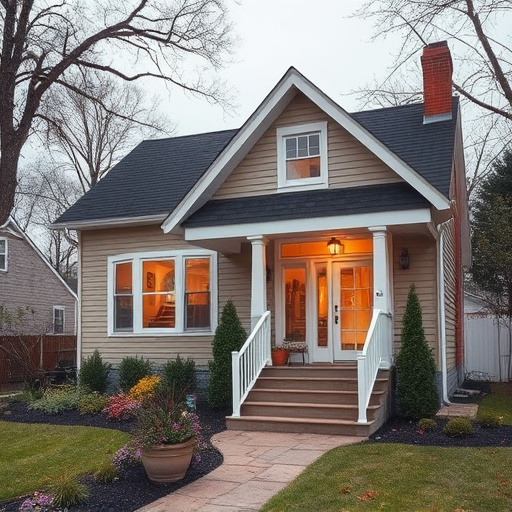
In any successful office remodel, understanding your team’s needs is paramount to crafting an effective layout. This involves gauging how employees interact, work, and collaborate on a daily basis. Consider factors like communication styles—do teams prefer open-plan settings or private cubicles?—and task requirements. For instance, areas dedicated to focused work might be necessary for roles that demand high concentration, while collaborative spaces could foster innovation among teams.
A thoughtful office remodel should also account for flexibility and adaptability. As work patterns evolve, so do employee preferences. Incorporating adjustable furniture, modular partitions, and multi-purpose rooms allows for easier rearrangement as needed. This not only supports changing team dynamics but also ensures that the space remains vibrant and engaging over time, reflecting the dynamic nature of your business and industry.
Incorporating Ergonomics and Sustainability into Design Decisions
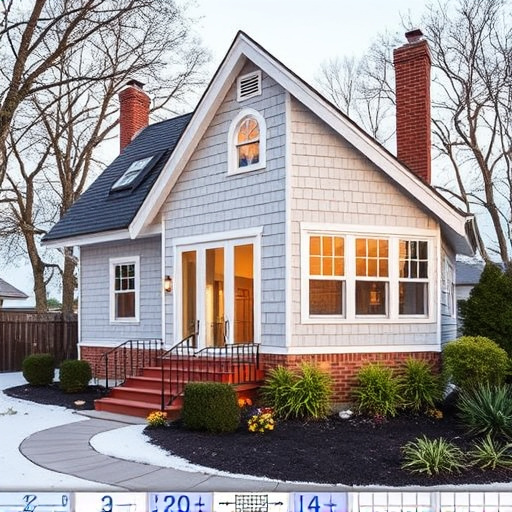
When planning an office remodel, incorporating ergonomics and sustainability should be top priorities. Ergonomic design principles ensure that furniture, equipment, and layout promote employee health, comfort, and productivity. This includes adjustable desks, ergonomic chairs, and task lighting to reduce eye strain. By prioritizing these elements, you’re not just enhancing individual worker experience but also fostering a culture of well-being within the entire office.
Sustainability, meanwhile, plays a crucial role in modern office design. Incorporating eco-friendly materials, energy-efficient appliances, and systems for waste reduction can significantly lower operational costs while minimizing your company’s environmental footprint. These efforts contribute to a healthier planet and often resonate with current and potential employees who increasingly value sustainability as part of corporate culture. Integrating these principles into your office remodel creates functional spaces that serve both current needs and future goals, making it an essential component of any home improvement services for multiple room remodels.
Maximizing Space Utilization: Tips for Streamlined Office Remodel

In an efficient office remodel, maximizing space utilization is paramount. One effective strategy is to embrace open-concept design principles by removing unnecessary walls and partitions. This not only creates a more expansive workspace but also fosters collaboration among team members. Additionally, incorporating mobile furniture like adjustable desks and modular storage solutions allows for flexible layouts that can accommodate changing needs.
Beyond these tips, integrating clever storage options throughout the office is crucial. This could involve installing overhead racks, utilizing under-desk drawers, or employing creative shelving units in break areas. By streamlining storage, you reduce clutter and reclaim valuable floor space. Moreover, consider incorporating features from kitchen renovations, such as built-in snacks stations or coffee bars, to enhance employee satisfaction and productivity within the office remodel.
An efficient office remodel goes beyond aesthetics; it prioritizes functionality, ergonomics, and sustainability. By understanding your team’s needs, incorporating smart design decisions, and maximizing space utilization, you can create a workspace that boosts productivity, promotes well-being, and aligns with sustainable practices. These key principles ensure that your next office remodel is not just a change in scenery but a strategic investment in your organization’s future.



